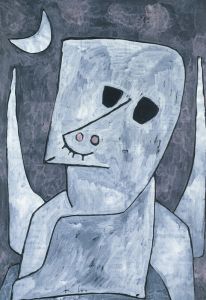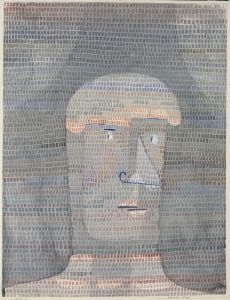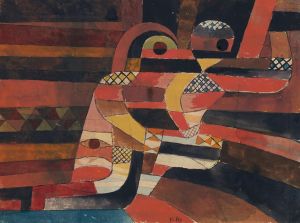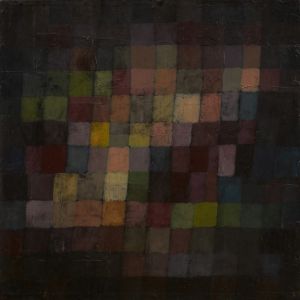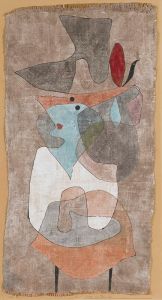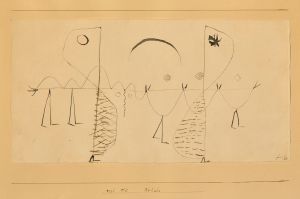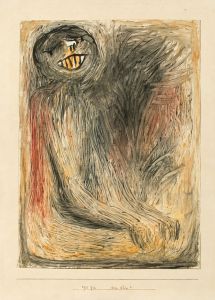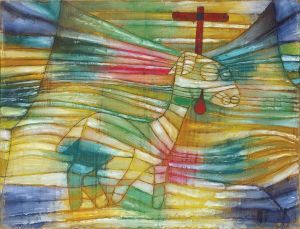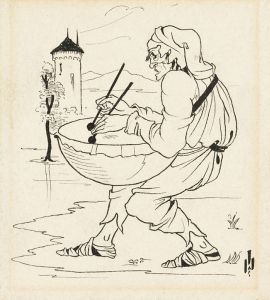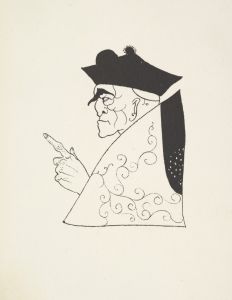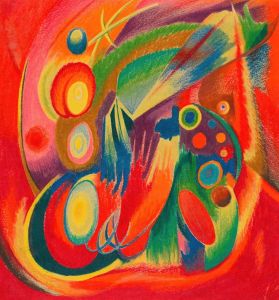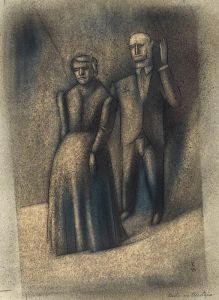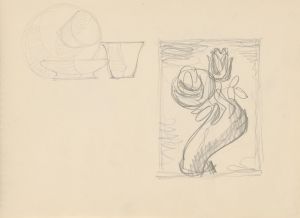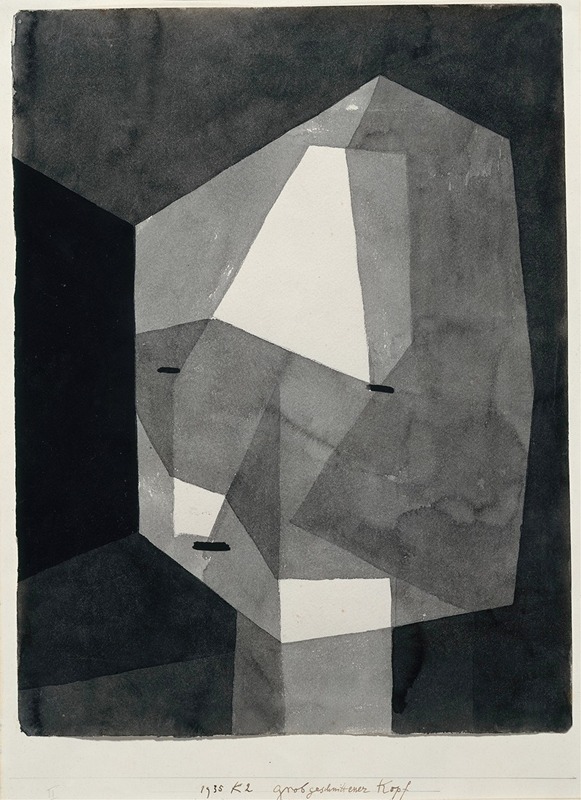
Rough-Cut Head
A hand-painted replica of Paul Klee’s masterpiece Rough-Cut Head, meticulously crafted by professional artists to capture the true essence of the original. Each piece is created with museum-quality canvas and rare mineral pigments, carefully painted by experienced artists with delicate brushstrokes and rich, layered colors to perfectly recreate the texture of the original artwork. Unlike machine-printed reproductions, this hand-painted version brings the painting to life, infused with the artist’s emotions and skill in every stroke. Whether for personal collection or home decoration, it instantly elevates the artistic atmosphere of any space.
Paul Klee's "Rough-Cut Head" is a notable work by the Swiss-born artist, who is renowned for his highly individual style that was influenced by movements in art that included Expressionism, Cubism, and Surrealism. Klee's work is characterized by a unique use of color and line, and his paintings often explore themes of abstraction and symbolism.
"Rough-Cut Head" was created in 1933, a significant year in Klee's life and career. This period marked his return to Switzerland after leaving Germany due to the rise of the Nazi regime, which had labeled his work as "degenerate art." The political climate of the time and the personal challenges Klee faced are often reflected in the mood and tone of his works from this era.
The painting itself is a striking example of Klee's ability to convey emotion and character through minimalistic forms. "Rough-Cut Head" features a stylized representation of a human head, rendered with bold lines and a simplified geometric structure. The use of color in the painting is subdued yet impactful, with earthy tones that lend a somber quality to the piece. Klee's technique in this work demonstrates his mastery of line and form, as well as his interest in exploring the human condition through abstract representation.
Klee's approach to art was deeply influenced by his belief in the interconnectedness of all forms of artistic expression. He was a prolific writer and theorist, and his pedagogical work at the Bauhaus school, where he taught alongside other notable artists such as Wassily Kandinsky, greatly influenced his artistic philosophy. Klee's teachings emphasized the importance of understanding the fundamental elements of art, such as line, color, and composition, which are evident in the execution of "Rough-Cut Head."
The painting is part of a broader body of work that reflects Klee's exploration of identity and the human psyche. His use of abstraction allows viewers to engage with the piece on an emotional level, inviting interpretations that are both personal and universal. "Rough-Cut Head" exemplifies Klee's ability to distill complex ideas into simple yet profound visual forms.
Today, Paul Klee is celebrated as one of the most influential artists of the 20th century, and his works continue to be studied and admired for their innovative approach to art and their enduring impact on modern and contemporary art movements. "Rough-Cut Head" remains an important piece within Klee's oeuvre, showcasing his distinctive style and his contribution to the development of abstract art.





